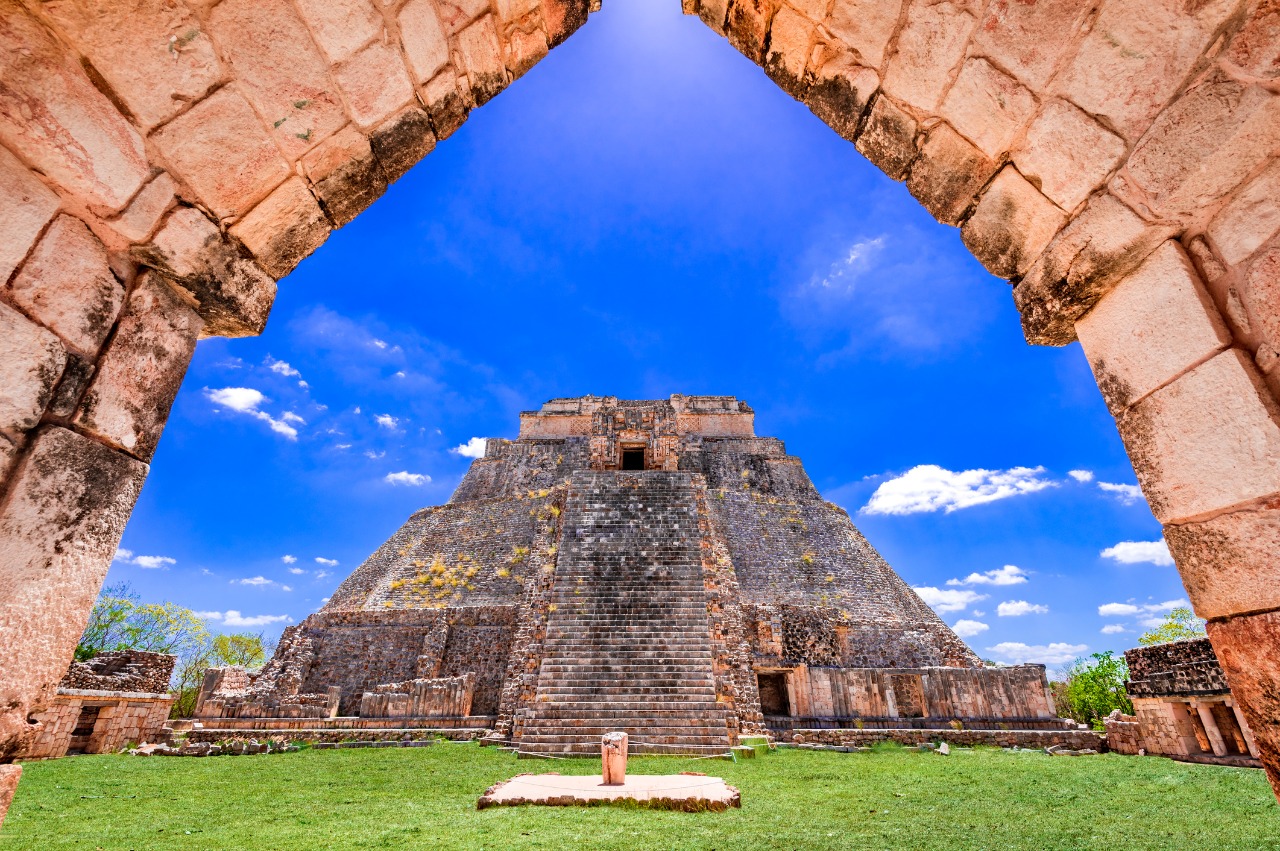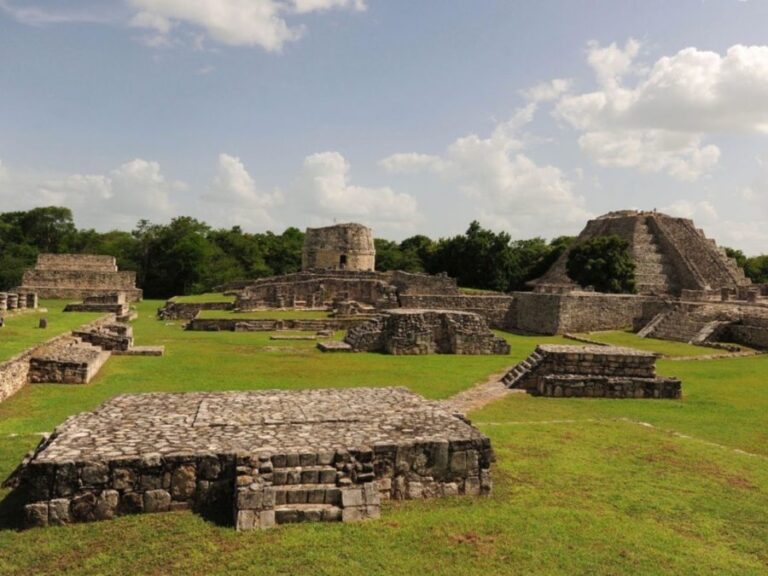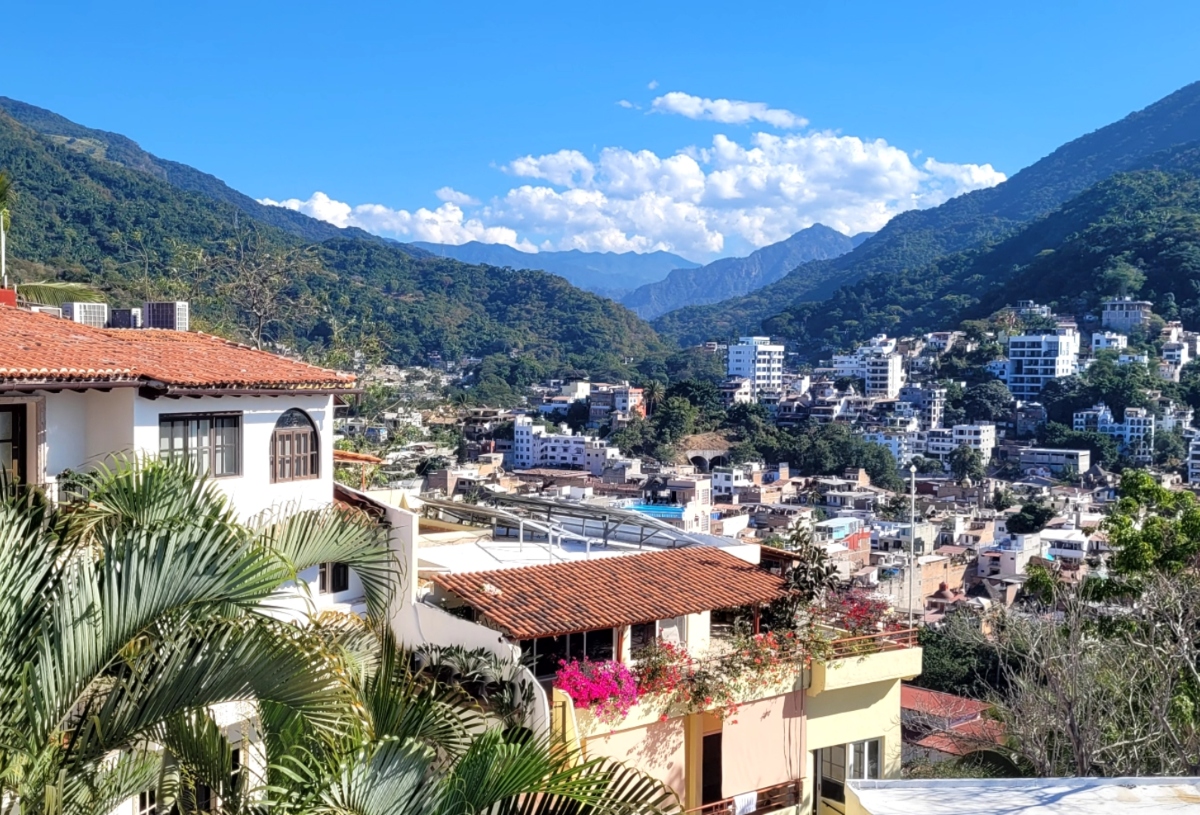
Kukulcan, creator god of Mayan culture
June 30, 2022
Kukulcan is the creator god of Maya civilization. It is also the name of a warrior who may have originally come from the west and brought order to the Mayab, His mythology is still widely known among the inhabitants of the Yucatan Peninsula. Oral tradition and the region’s strong sense of cultural identity have kept it so.
If we talk about the ethereal and ancient Mayab, the god Kukulcan is genuine. He could be an old master-warrior who advanced civilization in Yucatan. The feathered serpent also appears in more than three different Mesoamerican cultures. It is also present in the central area of Mexico.

Kuk (K’uk’) o Kukul (K’uk’ul) and Can (kaan). “Feathered serpent” or “serpent with feathers” is the most accepted translation of the name Kukulcan.
You may also like: Get to Know Mexican Culture on Your Vacations
The feathered serpent’s manifestation in several Mesoamerican cultures
In many pre-Hispanic Mesoamerican societies, there is a representation of Kukulcan. He is primarily a water god. However, over time and in different parts of the world, he may have acquired other attributes.
Kukulcan is also the source of humankind’s knowledge and intelligence in Mayan mythology. His existence predates his initial depictions in Mayan civilization.
Although it is now unclear, most experts think Olmec or Toltec culture may have been Kukulcan’s true ancestors. He is mostly the god of storms, winds, and water. According to legend, he assisted the god Chaac in cleaning the clouds and skyways with his tail as he was flying in front of him.
It has a snake-like shape and is nimble on both land and water. It can fly thanks to its feathers. People would pray to him during the start of the agricultural cycle, which started with the spring equinox. They believed Kukulcan would help them control the four elements.

Much of the knowledge we have of indigenous cultures is due to new evidence and the few original records that exist, since during the conquest, all traces of Maya culture were burned by Fray Diego de Landa on July 12, 1562. Research has led to the theory that Kukulcan may have been a man who taught agriculture, worship, politics, science and the arts.
------ADVERTISEMENT------
------ADVERTISEMENT------
------ADVERTISEMENT------
------ADVERTISEMENT------


